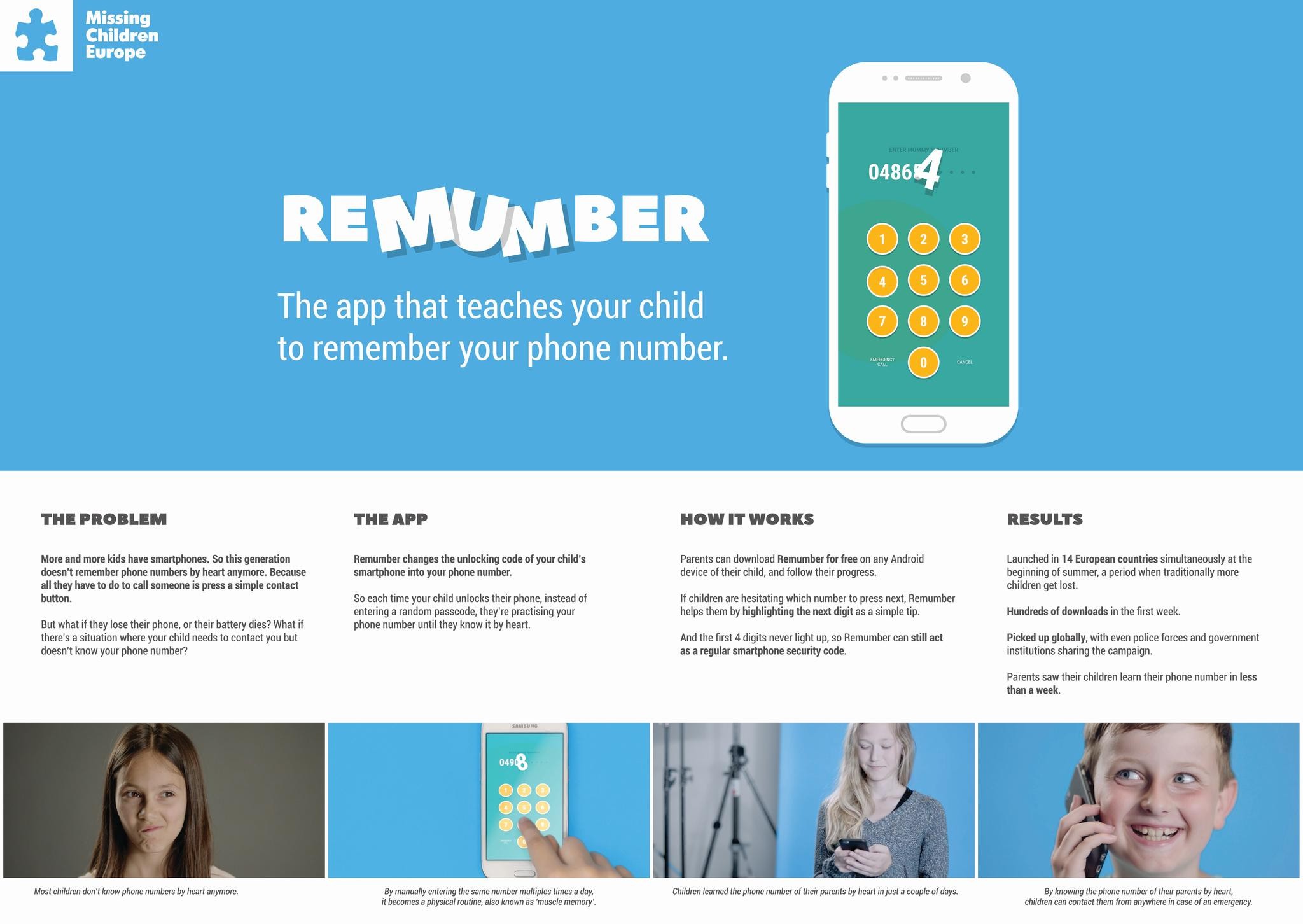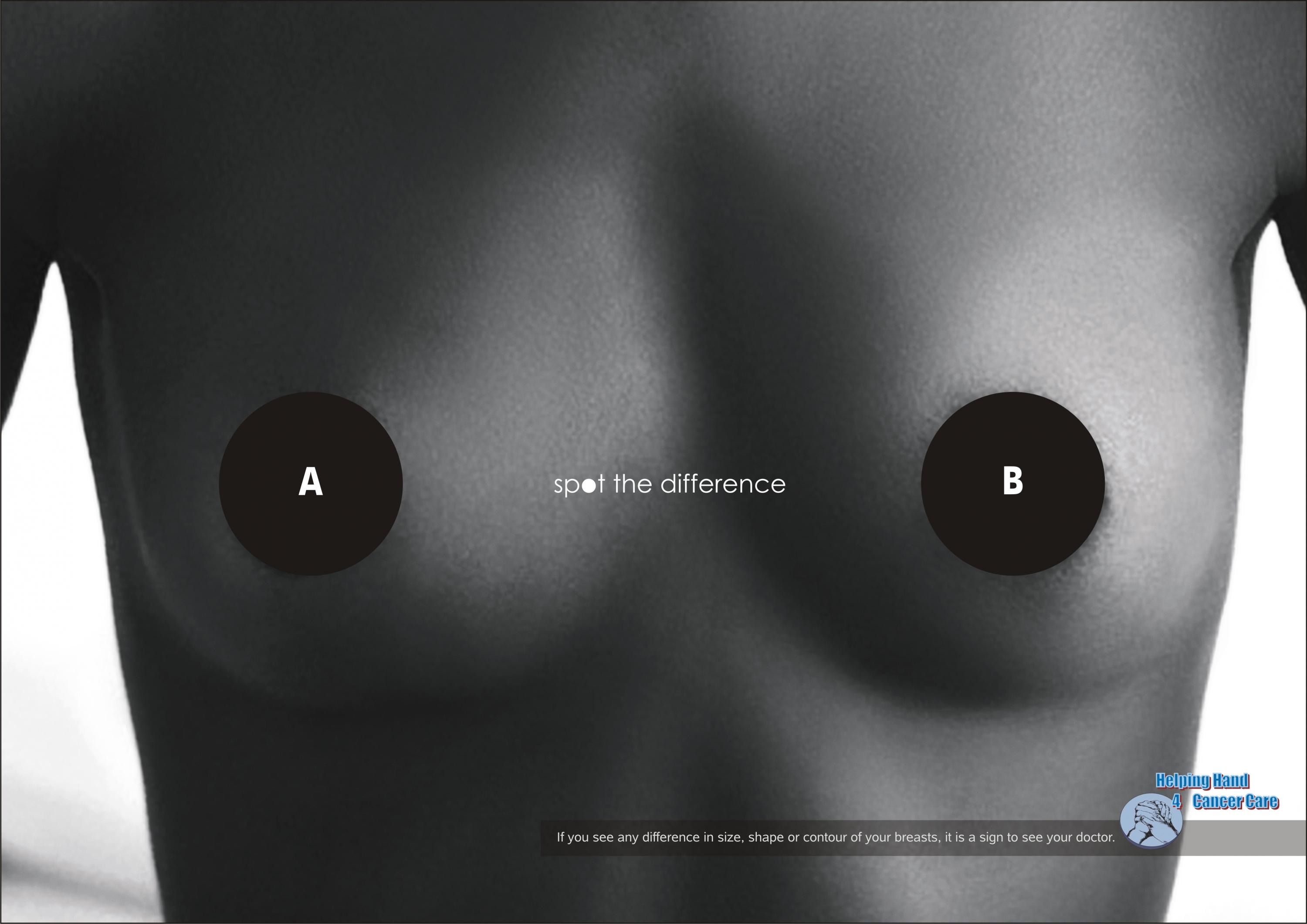Cannes Lions
CODESEARCH MOBILE RAPID RESPONSE NETWORK
STRUT CREATIVE, Calgary / MISSING CHILDREN'S NETWORK / 2015

Overview
Entries
Credits
Overview
Execution
With the launch of the CodeSearch program, the missing Children Society of Canada now has a powerful new crowdsourced network to help keep Canadian communities and families safe.
With CodeSearch, police partners can now instantly push critical information, through the Missing Children Society, to a large network of partners, including corporate, government, and even other front-line law enforcement officers ready to spring into action when a child goes missing. (CodeSearch administrators can see in real-time the number of users we have within the network, where they are at a given moment, how many have been targeted by alerts pushed to specific sub-sets of users, and when and by whom alerts were viewed.)
The program has been widely tested via a pilot deployment with several Canadian law enforcement partners, and was publicly launched with the Toronto Police Service in November of 2014. MCSC's search program, including the new CodeSearch rapid response network was nationally endorsed by the Canadian Association of Chiefs of Police (CACP). The network has been activated many times already, from small-scale mobilizations to regional and province-wide alerts, and has been credited by law enforcement with aiding in the recovery of several children already.
Dale McFee, Past President of the CACP and Deputy Minister of Corrections & Corrections & Policing said about the program: “When you reunite children with their families and you use technology to do it, that’s a game changer.”
William Blair, Chief of Police for the Toronto Police Service said about the program: “I encourage all Canadian companies to get involved and become a search partner with the Missing Children Society of Canada. Working together, our communities, government, and corporate Canada can save the life of a child.”
Outcome
The entire concept was founded on the collection and use of real-time geographic data and personal information in order to alert relevant users, and then crowd-source information about the location of missing and abducted children.
It was only by knowing precisely who in our network was in close geographical proximity to the location of an abduction, or to key choke-points such as transportation hubs that might come into play (for example an airport terminal or train station), that we were able to fulfill our mission.
With the careful real-time analysis of data we are able to push alerts only to people in areas that may be relevant, avoiding creating apathetic users and burning out our network. We are also able to use this data to tailor the information we push to specific audiences (for example pushing more and more detailed case information to only those individuals in our network who identify themselves as able to provide help). Once the platform has been used to locate and mobilize users for help with a specific case, it can be used for ongoing coordination of these assembled teams by providing additional information, updates, maps, photos and contact information.
We can also push different information to field agents affiliated with specific CodeSearch partners (for example sending some information only to front-line police officers, other information to airport authority partners, and less-detailed case information to the wider network of employees of our corporate partners).
Similar Campaigns
12 items










